Constitutional Anarchists Survival Guide
SHTF Apartment Survival Garden
The Ultimate Guide to Apartment Microfarming for Urban Preppers
In times of crisis, such as prolonged lockdowns or quarantines, it becomes crucial to have a reliable source of fresh vegetables and plants for essential nutrition and psychological well-being. While it is possible to survive on stored foods like beans, rice, and dehydrated foods, nothing beats the fresh produce for their essential nutrients and psychological boost. This guide aims to provide urban preppers with practical advice on creating an apartment microfarm, choosing the right plants, and ensuring their successful growth.
Essential Elements for an Apartment Survival Microfarm
Creating a successful apartment microfarm requires careful consideration of four essential elements: space, light, water, and air.
Space
Assess the available growing spaces in your apartment, such as window sills, porches, counter spaces, vertical planning on walls and windows, and grow tents. Be creative and assess the amount of space, light, and air your grow spaces have to understand how you might need to supplement.
Light
While a full sun balcony is ideal, it is not typically the setup of an urban apartment. Fortunately, LED grow lights have become more affordable and can supplement natural light. LED grow light strips can be installed under cabinets, and grow light bulbs can convert any old table lamp into your plant’s best friend. Long exposure to UV light can be dangerous, but typical small wattage bulbs are low heat and a very low dose of the UVC wavelength.
Water
It is essential to water your plants properly without over-hydrating yourself. Plants can use water that is unfit for you to drink, so consider collecting rainwater or shower water for watering your plants. Also, be aware that plants in direct sunlight will need more water, and some plants will welcome a mister from time to time.
Air
Plants breathe in carbon dioxide through the stomata cells in their leaves and release oxygen. Ensure your plants are getting enough oxygen by circulating air with a simple USB fan.
Recommended Plants for an Apartment Survival Microfarm
When choosing plants for your apartment microfarm, focus on nutritional density, medicinal properties, and psychological fortification. Here are some recommended plants:
Sprouts
Sprouts, such as alfalfa, mung bean, clover, or broccoli, are easy to grow and produce a high yield. They are nutrient-dense, with a balanced high protein and fiber profile, making them an excellent survival food.
Tomatoes
Tomatoes are a good source of essential calcium, potassium, vitamin C, and vitamin A. There are many cultivars of tomatoes, so you are almost guaranteed to find one that will thrive in your apartment garden.
Chives
Chives are a nutrient-dense food, low in calories but high in beneficial nutrients, including vitamins, minerals, and antioxidants. They are one of the best and easiest herbs to grow.
Parsley
Parsley is easy to grow and has a high nutrient density, loaded with iron, vitamins A, C, and K. It can be harvested and dried for later use.
Scallions
Scallions can be easily regrown from the bottom inch or two of store-bought green onions. They have a decent nutrient density and can be grown on your windowsill.
Garlic
Garlic is easy to grow and has a good profile of amino acids, minerals, and nutrients. It also has strong antimicrobial properties.
Lettuce
Lettuce can be easily regrown from the bottom two inches of a romaine lettuce head. It has a decent amount of vitamin A and potassium.
Watercress
Watercress is a bit more challenging to grow as it is an aquatic plant, but it has a high nutrient density score, making it a powerhouse of vitamins and nutrients.
Purslane
Purslane is a leafy vegetable with a sour and salty taste. It is loaded with omega-3 fatty acids and vitamins A and C.
Strawberries
Strawberries have a decent amount of vitamin C, manganese, and folate. They are easy to grow in a pot or flat and can provide needed sugars.
Beans
Beans, such as soybeans, green beans, lentils, and peas, are easy to grow and solid producers. They are a significant source of protein, dietary fiber, carbohydrates, and dietary minerals.
Tips for Pollinating Plants Indoors
Some plants need pollination to produce fruit. Since you probably don’t have a beehive in your house, you can use a small brush to transfer pollen from one flower to another.
Creating an apartment microfarm is a practical way for urban preppers to ensure a reliable source of fresh vegetables and plants during extended periods of lockdown or quarantine. By carefully considering the essential elements of space, light, water, and air, and choosing the right plants, you can create a successful apartment microfarm that will not only help you survive but thrive.
Additional Resources
For more tips and resources on urban prepping, indoor gardening, and emergency preparedness, check out the following articles:
- Urban Prepping: A Beginner’s Guide
- Indoor Gardening: Tips and Tricks for Success
- Emergency Preparedness: A Comprehensive Guide
Also, consider investing in essential products for your apartment microfarm:
Thanks to City Prepping for the Video to accompany this article
Remember, preparation is key to survival. Stay safe out there!
Constitutional Anarchists Survival Guide
Mesh News Project 2024 Guide to Peaceful Protest MEGA GUIDE
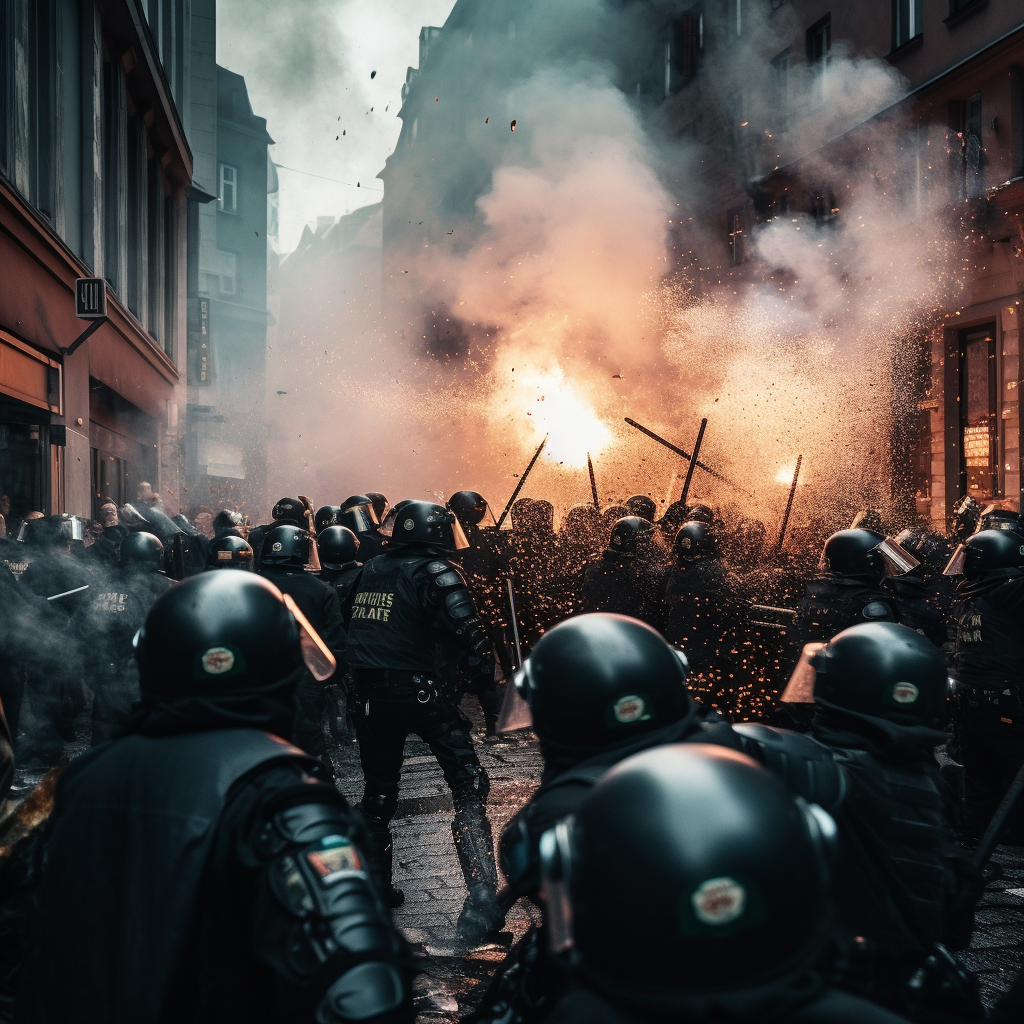
The United States is currently undergoing a series of challenges that are fueling the rise in civil unrest and mass protests. These challenges encompass a widening political divide, concerns over ecological human rights, economic disparities, and a surge in authoritarianism.
The four primary reasons are:
- Political Divide
- Ecological Human Rights
- Economic Disparity
- Rising Authoritarianism
…you know…the classics…
Political Divide
The political scenario in the United States has grown increasingly polarized, with a widening chasm between the left and the right. This divide is apparent not only in the political sphere but also among the general populace, with a growing animosity and mistrust between individuals with opposing political ideologies. This division has been intensified by the proliferation of misinformation and disinformation campaigns, which have been leveraged to spread harmful biases and fears, ultimately undermining social stability and cohesion (Pew Research Center, 2021).
Ecological Human Rights
The repercussions of climate change and environmental degradation on human rights are becoming more and more apparent. Communities are grappling with challenges related to access to clean water, food security, and safe living conditions. These challenges are often disproportionately shouldered by marginalized communities, leading to demands for ecological justice and human rights protections.
Economic Disparities
The COVID-19 pandemic has aggravated pre-existing economic inequalities, with those who are well-connected and technologically adept pulling ahead of those with limited access to digital tools and less training or aptitude for leveraging them. This has resulted in a surge in economic inequality and a growing divide between the haves and the have-nots (Pew Research Center, 2021).
Rising Authoritarianism
There is a mounting concern about the rise of authoritarianism in the United States. This is evident in the growing influence of big technology firms, the erosion of individual privacy and autonomy, and the undermining of long-established norms and institutions that have historically provided stability (Pew Research Center, 2021).
These challenges have sparked civil unrest and mass protests, as people take to the streets to demand change. Historically, mass demonstrations have been a crucial factor in reversing adverse trends and instigating social change. The current wave of protests may act as a catalyst for addressing and reversing the trends of increasing political divide, ecological human rights abuses, economic disparities, and rising authoritarianism.
The Mesh News Project aims to equip you with the tools necessary to extend your demonstration as the ruling class often employs sinister tactics to outwait, deplete finances, abuse authority, and suppress your communication capabilities. This results in a return to the status quo, resolving none of the issues that led to the public outcry, and ultimately solving nothing.
We are in the process of creating a comprehensive guide of strategies and methods you can employ to fight back, as the need for peaceful demonstrations will likely be a recurring necessity in the foreseeable future.
Please excuse our dust as we develop this guide on the beta version of our new website where we are focusing a majority of our time organizing and building in lou of other Mesh News Content – you can’t have guest without a home.
Setting the Stage for Peaceful Protest
Now, you don’t just go into a protest with the intention to fight. It’s not the solution for change, challenging an authoritarian only make them double down. Not for any reason other, authoritarians value order, over your safety. Order is a symbol of their projected power to their underlings, and their potential rivals.
Going to a protest looking like you’re looking for a fight is the wrong way to demonstrate for propaganda reasons too. Since the media is owned by the establishment, they will frame your demonstration in a false light, and you will lose public support – resulting in an authoritarian gov to subdue you using very illegal and abusive tactics, with no one to care about the injustice you just endured.
This results in not only you not affecting change, but you pay an great cost to your self as well.
// VIDEO: How Media Skews Perspective
How to Organize Legally:
Obtaining a permit to protest involves several legal steps and requirements that may vary by location. Here is a general guide on how to legally obtain a permit to protest:
Understand Your Rights:
First and foremost, it is important to understand your rights. The First Amendment of the United States Constitution protects your right to assemble and express your views through protest. However, the government can place certain restrictions on the exercise of these rights, such as requiring a permit for certain types of events (ACLU).
Determine If You Need a Permit:
Not all protests require a permit. Generally, you do not need a permit to march on sidewalks as long as you do not obstruct car or pedestrian traffic. However, certain types of events may require permits, such as a march or parade that requires blocking traffic or street closure, a large rally requiring the use of sound amplifying devices, or a rally over a certain size at most parks or plazas (ACLU of Southern California -https://www.aclu.org/know-your-rights/protesters-rights )
Check Local Regulations:
Regulations and requirements for obtaining a permit may vary by location. It is advisable to check with your local city or county government or police department to find out about permitting requirements. For example, many cities won’t require a permit for a protest that stays on the sidewalk, but if you take to the streets where traffic is, that’s when you run into fines and citations
If a permit is required, you will need to apply for one. This usually involves filling out an application form and submitting it to the relevant local government office or police department. Some locations may require you to submit the application well in advance of the planned event, while others may allow you to obtain a permit on short notice if the event is organized in response to unforeseeable and recent occurrences. Check with your local city to inquire about the types of permits and regulations you will encounter. If you’re looking to make a big statement, and expect large crowds, it will be nearly impossible to maintain order, so we recommend opting for a parade permit or a permit that allows street usage so law enforcement won’t have a baseless excuse to use force on your demonstrators.
Pay Any Required Fees:
Some locations may require you to pay a fee to obtain a permit. However, the government should allow a waiver for those who cannot afford the charge. Regulations with financial requirements should include a waiver for groups that cannot afford the charge (ACLU of Southern California – https://www.aclusocal.org/en/know-your-rights/protesters ).
Comply with Any Additional Requirements:
There may be additional requirements or restrictions associated with the permit, such as restrictions on the route of a march or the use of sound equipment. It is important to comply with all requirements and restrictions associated with the permit.
Prepare for the Protest:
Once you have obtained the necessary permit, you can proceed with organizing and conducting the protest. Make sure to inform participants about the rules and regulations associated with the permit and ensure that everyone behaves in a lawful and respectful manner.
Respect the rights of others while exercising your own rights. If you believe your rights have been violated during the protest, you can file a written complaint with the agency’s internal affairs division or civilian complaint board or reach out to your local ACLU
( https://www.aclu.org/contact-us )
Recording Media at Protests:
Understanding your rights and the legal landscape surrounding these issues is crucial for ensuring that you do not inadvertently violate any laws or infringe on others’ rights.
In the digital age, recording events, including protests, has become easier and more common. This often raises legal concerns: Can you record media at a protest? Is it lawful to capture images or videos of police officers? Understanding your rights and the legal landscape surrounding these issues is crucial for ensuring that you do not inadvertently violate any laws or infringe on others’ rights.
The First Amendment:
The First Amendment of the United States Constitution protects the freedom of speech, press, and the right to assemble. Generally speaking, this means that you have the right to record public events, including protests, as long as you are on public property or your own property.
However, there are limitations. Law enforcement may impose reasonable restrictions on the time, place, and manner of the protest, which may, in some cases, impact your ability to record. It’s also important to note that private property owners may have their own rules about recording, and you must respect these rules or risk being asked to leave or facing legal consequences.
Recording Police Officers:
In all 50 states, it is legal to record police officers performing their duties in public, as long as you do not interfere with their work. However, laws may vary from state to state, and some jurisdictions have specific rules or exceptions.
For example, some states have “two-party consent” laws, which require the consent of all parties involved in a conversation for it to be recorded. However, these laws typically do not apply when there is no reasonable expectation of privacy, such as in a public space.
( https://www.rcfp.org/ )
Privacy Concerns:
While you have the right to record in public spaces, you must still respect the privacy of others. For example, if you are recording someone in a situation where they have a reasonable expectation of privacy (e.g., inside their home), you may be violating their privacy rights, even if you are standing on public property.
( http://www.dmlp.org/ )
When Police Step on Your Rights As a Peaceful Protester
Police brutality against peaceful protesters is a serious violation of fundamental human rights and democratic principles. At the core of any functioning democracy is the right to peaceful assembly and free speech, allowing citizens to express their opinions and concerns without fear of repression or violence. When police forces resort to unwarranted aggression against peaceful demonstrators, they undermine these basic tenets, eroding public trust in law enforcement and the government.
Firstly, the use of excessive force against peaceful protesters is a blatant abuse of power. Police are entrusted with maintaining public order and safety, but this responsibility must be balanced with respect for individual rights. Assaulting peaceful demonstrators crosses this line, revealing a disregard for the very citizens they are sworn to protect. This not only damages the credibility of the police but also fuels public resentment and mistrust, which can lead to further social unrest.
Secondly, such actions infringe upon the right to free speech and assembly. These rights are pillars of democratic societies, allowing people to participate in the civic process and hold their governments accountable. When police unjustly attack peaceful protesters, they are essentially silencing voices seeking change or raising awareness about critical issues. This not only stifles public discourse but also threatens the essence of democracy itself.
A clear demostration of this, is the unlawful shooting of Bundy Canyon protesters
Moreover, police brutality can have a chilling effect on society. Witnessing or experiencing such violence can deter individuals from engaging in future demonstrations, suppressing public participation in critical societal debates. This fear of retribution diminishes the public’s ability to influence policy and decision-making processes, leading to a less informed and less responsive government.
As we saw with the unlawful killing of Geroge Floyd
The mistreatment of peaceful protesters can have long-lasting psychological and physical impacts on individuals. The trauma of such experiences can lead to a lasting fear of expressing dissent, profoundly affecting mental health and wellbeing.
Especially when police unlawfully attack journalist.
Police brutality against peaceful protesters is not only a violation of individual rights but also a threat to the foundations of democratic society. It undermines public trust in law enforcement, violates fundamental freedoms, suppresses civic engagement, and has lasting negative impacts on individuals and communities.
Self Defence Against Unlawful Abuse by Police at Protest
First Step, Gear Up
Learn to Make a Protester Riot Shield to Protect You From Unlawful Police
Cheap Riot Armor
Upgrade Your Riot Armor
Gas Mask (Simple to Advanced)
Now, the simplest way to make a impromptu tear gas defense, is with a cloth soaked in apple cider vinegar. If won’t be a 100% remedy, but will allow you time to get away from tear gas that has been dispersed into a crowd.
The following video below will allow you to protect yourself at different levels from air based attacks from unlawful law enforcement
Head Protection (Beginner to Advanced)
Eye Protection (Job Site Goggles – Best Protection):
ANY kind of eye protection is reccomended. From dirtbike riding goggles to simple and cheap construction eye protection. Below is the most reccomended by Dewalt.
Non Lethal Protection:
Bear Spray
Pepper Balls & Rubber Bullets
If you feel this is a required action to defend yourself from unlawful police, migh we suggest, ONLY using a paintball style gun, as with the advent of 3D Printers, and hyper customization of even metal guns now day, the police could easily mistake your pepper ball gun for a actual rifle.
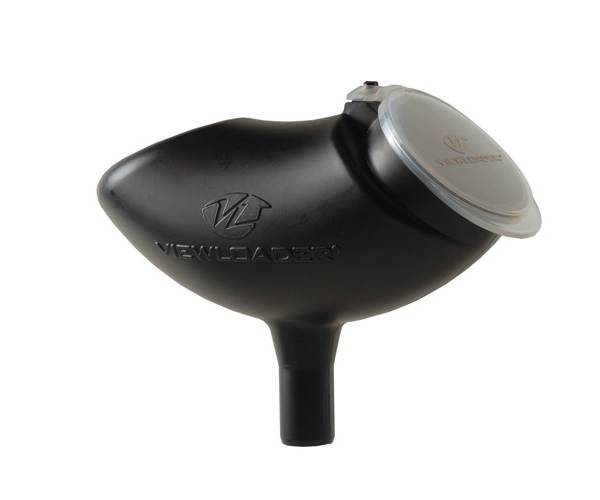
Paintball guns have something called a “Hopper” on the top of them, that distinctly identifies them as a non lethan air gun.
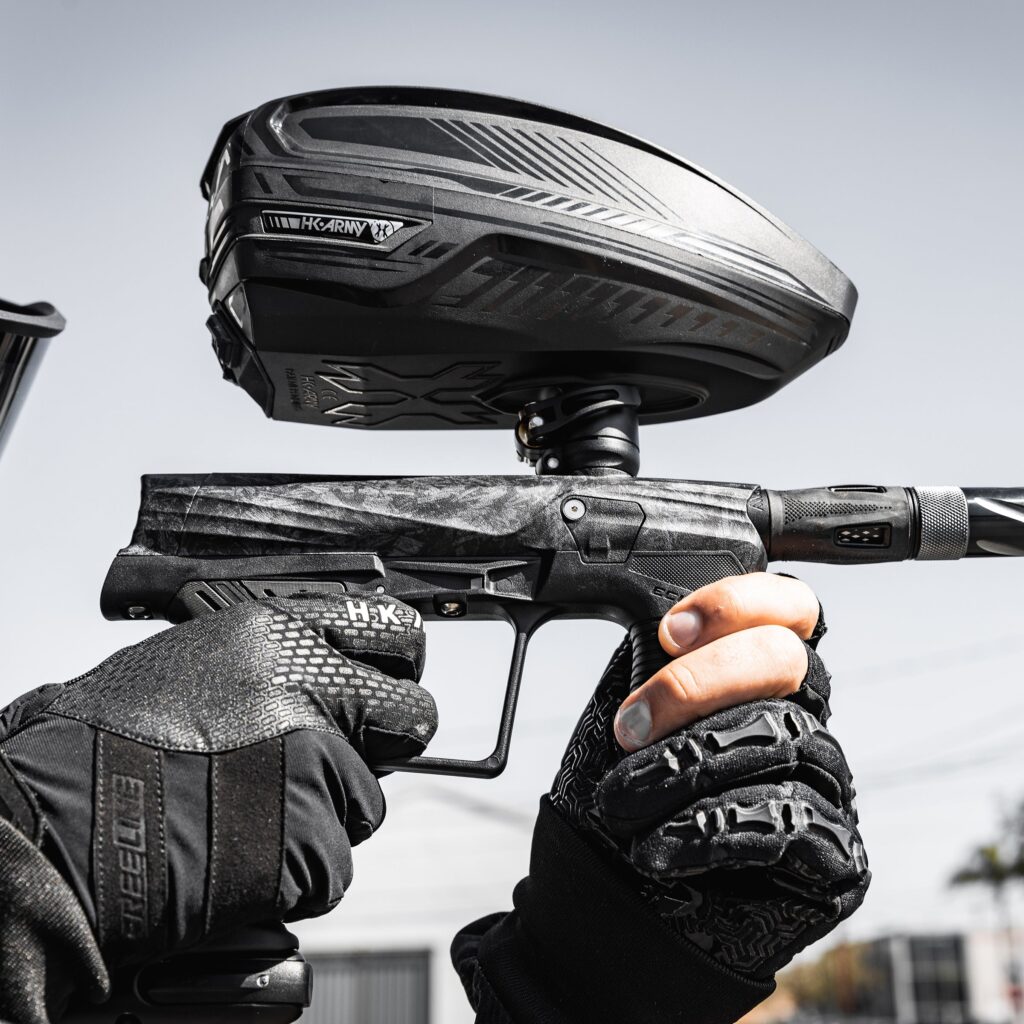
This distinction is important, to not get gunned down when using it in a public setting. I would even go so far as to buy a brightly colored hopper to clearly identify it as a non-lethal weapon.
Pepper Balls and Rubber Bullets can be bought separately, or together. There are different brands, and potentency. Keep in mind they are pricey, and you should always make sure your air gun calibur is matched to the size of ammo.

Throwing Disbursement Device
Now waterbaloons filled with paint can be a messy way to discourage unlawful police from getting close
These are not anything like the Throwing Dispersement Devices that the Ukrainians were forced to make in order to protect their lives from a the illegal invasion of their country. We ABOSOLUTELY FROWN ON THIS FOR PEACEFUL PROTEST. THESE ARE LETHAL DEVICES AND SHOULD NOT BE USED AND YOU WILL GET A SUBSTANCIAL JAIL SENTENCE WHICH YOU DESERVE. Acetone, gasoline and styrofoam are very dangerous, and could hurt you or your friends just when assembling them. NEVER DO THIS!
Protect Your Identity
Drones and CCTV is everywhere now. Before you arrive to your destination, make sure to wear a facemask, balaclava, bandana, or other facial covering to conceal your identity. This means tattoos and even unique hairstyles should be covered up.
You can try to evade CCTV facial recognition using CVDazzle makeup techniques. You can search the hashtag #CVDazzle on Instagram and X. Below are some tips and patterns you could use to go the makeup route for anonymity.
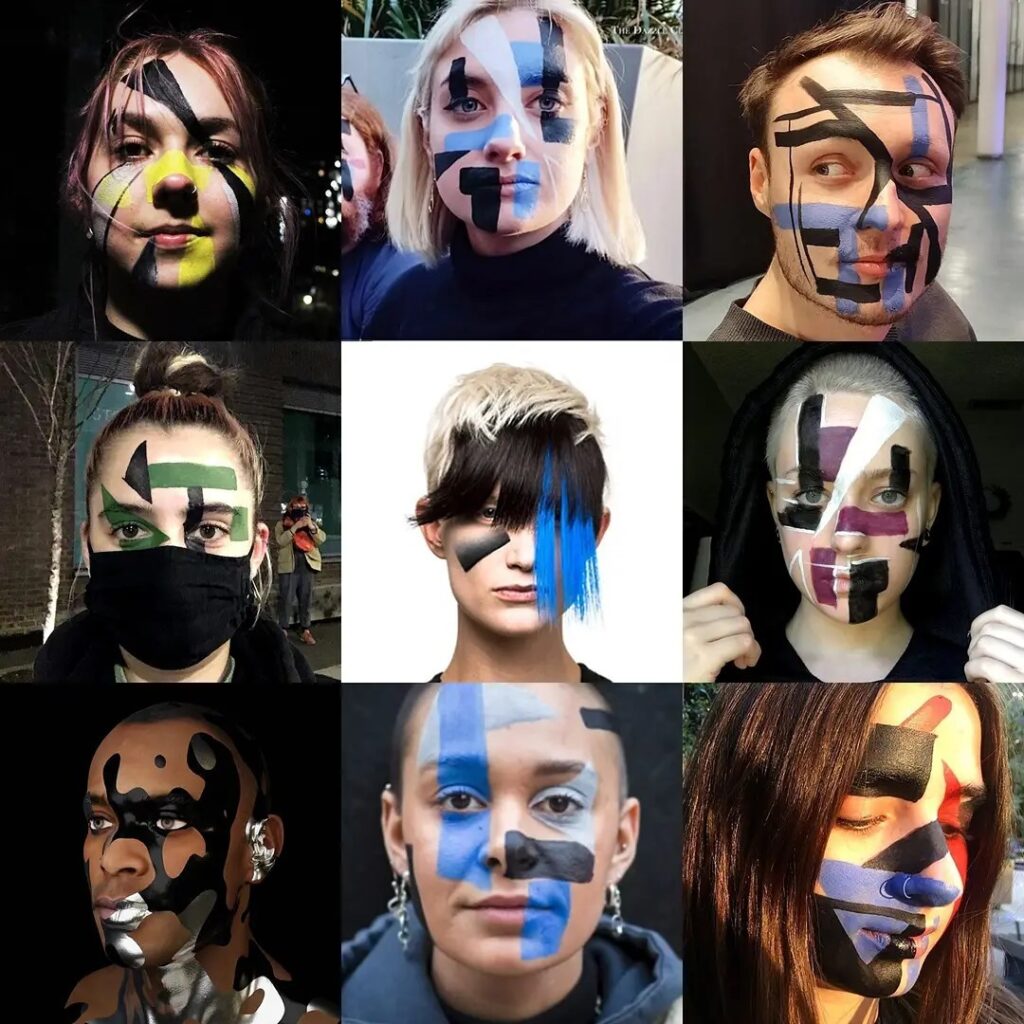
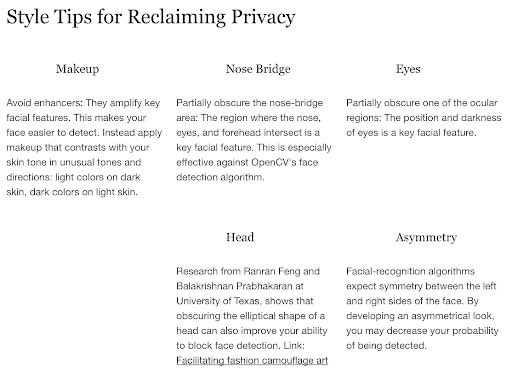
CV Dazzle Makeup Tips
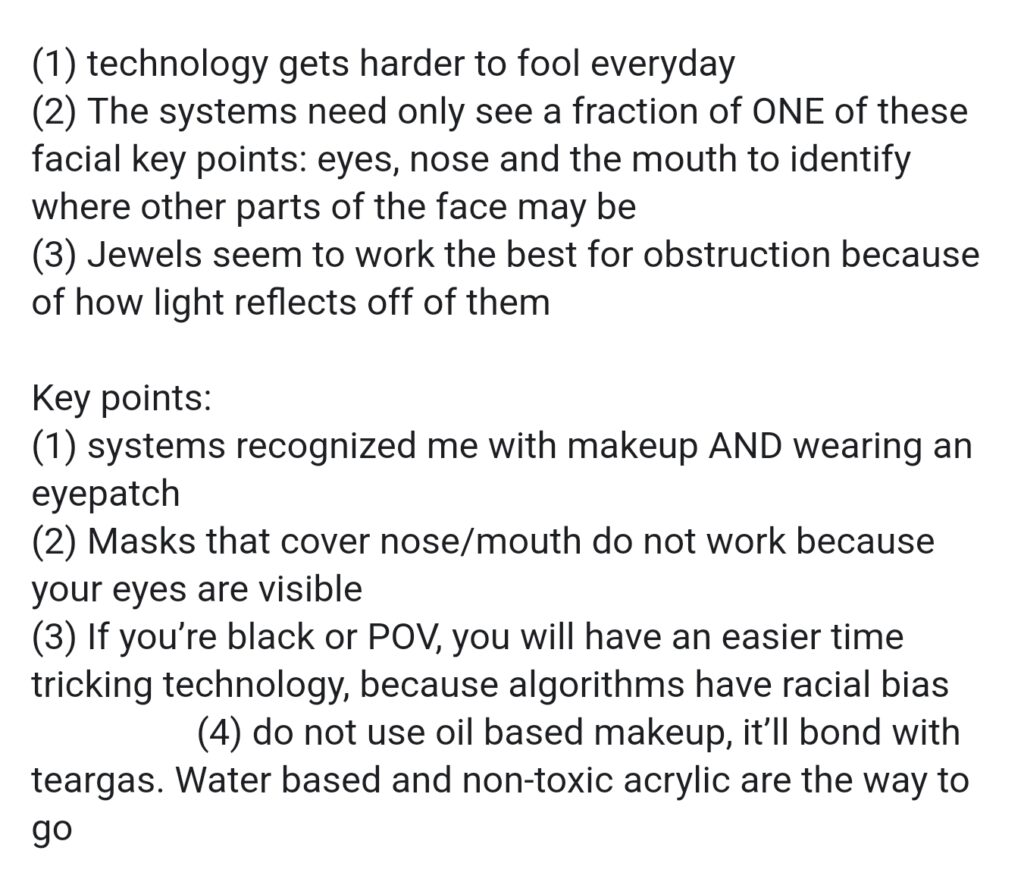
CV Dazzlealeup Tips #2
Mesh News Project reccomendeds to search socials current trends in CV (computer vision) Dazzle makeup techniques, because technology in this realm is always advancing.
Also remember to park away from surveillance, and have a change of clothes in your car, encase you are identified later at a gas station or restaurant near the location of where you parked or protested. When you get back to the car, change into “leaving clothes.”
Many police departments will often wait until after the protest, then use AI and a facial recognition algorithm to identify people from regional CCTV footage, then arrest you later for cooked up charges.
Trespassing, unruly behavior, disturbing the peace, ect.
Don’t give rogue law enforcement the chance to abuse their power, and stay unidentifiable.
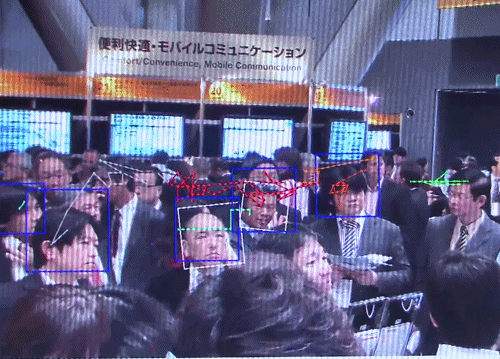
Group Protection Tactics
Please keep in mind, the police are literally just doing a job. They don’t want to be there, they don’t want to fight you. Keeping that in mind, if you need to defend yourself from unlawful rogue police, you can emply some tactics to help defend yourself safe when dealing with criminal policing tactics.
Learn the Basics of Riot Policing & Shield Formations
First Aid
First Aid is important, becuase a peaceful protest could easily get out of hand and the dense group of people will make if hard for the ambulance to get to you, or the injured party.
Usually a medic tent or center should be established in a strategic area where the protest is being conducted.
Here is a comprehensive list of items that should be included in a first aid kit for such situations if your role is as a medic:
- Personal Protective Equipment (PPE):
- Gloves (nitrile or latex)
- Safety goggles or face shield
- N95 masks or respirators
- High-visibility vest or clothing
- Basic First Aid Supplies:
- Band-aids of various sizes
- Sterile gauze pads and rolls
- Adhesive tape
- Antiseptic wipes and creams
- Burn gel or cream
- Blister treatment pads
- Sterile saline solution for eye washing or wound cleaning
- Trauma Supplies:
- Tourniquets
- Hemostatic agents (e.g., QuickClot)
- Trauma shears
- Emergency pressure bandages
- Chest seals for penetrating chest injuries
- Splints for immobilizing broken limbs
- Cravats or triangular bandages
- Medications:
- Pain relievers (e.g., ibuprofen, acetaminophen)
- Aspirin (for chest pain)
- Antihistamines (for allergic reactions)
- Anti-diarrheal medication
- Oral rehydration salts
- Epinephrine auto-injector (for severe allergic reactions, if qualified to use)
- Inhalers (for asthma, if applicable)
- Specialized Items for Riot Situations:
- Water or saline solution in large quantities for decontamination (from tear gas or pepper spray)
- Maalox or similar antacid mixed with water (for tear gas and pepper spray exposure)
- Cold packs
- Heat packs
- Miscellaneous Items:
- Flashlight and extra batteries
- Notepad and pen for documenting injuries and treatments
- Emergency blanket
- CPR mask
- Hand sanitizer
- Small trash bags
- Tweezers
- Whistle for attracting attention
- Communication Equipment:
- Mobile phone with emergency contacts
- Walkie-talkies for team communication
Remember, the medic should be trained in first aid and familiar with the use of all items in the kit. The contents of the kit may need to be adjusted based on specific circumstances and local laws regarding the use of certain medical items.
Communications and Electronic Device Security
Protecting your devices from law enforcement, especially in situations like protests or when you’re concerned about privacy and security, requires a multi-layered approach. Here are some strategies:
- Use Strong Passwords and Encryption:
- Enable full-disk encryption on your devices (like BitLocker for Windows, FileVault for macOS).
- Use strong, unique passwords for device lock screens.
- Consider using a longer alphanumeric password instead of a fingerprint or facial recognition, as physical biometrics might be compelled by law enforcement.
- Use Secure Communication Apps:
- Opt for encrypted messaging apps like Signal or WhatsApp for sensitive communications.
- Regular SMS and phone calls are not secure and can be easily intercepted.
- Manage App Permissions and Data Sharing:
- Review app permissions regularly and disable location sharing and access to sensitive data (like contacts, photos, microphone) for apps that don’t need them.
- Be cautious about social media apps that may inadvertently share location or personal data.
- Turn Off Devices or Use Airplane Mode:
- If you’re in a situation where you might be compelled to unlock your device, turn it off or set it to airplane mode. This can trigger encryption and require a password upon restart.
- Some devices have a feature to quickly disable biometric unlocking (like pressing the side button 5 times on an iPhone).
- Backup Data Regularly:
- Regularly backup your data to a secure location, like an encrypted external hard drive or a secure cloud service.
- Use Virtual Private Networks (VPNs):
- A VPN can encrypt your internet connection and hide your IP address, adding an extra layer of privacy.
- Consider Disposable or Secondary Devices:
- In high-risk situations, consider using a secondary or disposable device with minimal personal data.
- Legal Awareness:
- Understand your legal rights regarding device searches and seizures in your jurisdiction.
- In some places, you may be legally required to unlock your device for law enforcement.
- Social Media Caution:
- Be cautious about what you share on social media, as it can be tracked or monitored.
- Update Devices Regularly:
- Keep your operating systems and apps updated to protect against security vulnerabilities.
Remember, while these measures can enhance your digital privacy and security, they are not foolproof, and laws regarding device searches and data privacy vary by country and jurisdiction. Always stay informed about your legal rights and seek legal advice if necessary.
Getting Arrested 101
Being prepared for the possibility of arrest at a protest, especially if you believe the arrest could be unlawful, involves understanding your rights and having strategies in place to protect yourself legally and physically. Here are some best practices:
- Know Your Rights:
- Research and understand your legal rights before attending the protest. This includes your right to remain silent and your right to an attorney.
- Remember, you don’t have to consent to a search of yourself or your belongings, but law enforcement may still pat you down for their safety.
- Remain Calm and Compliant:
- Stay calm and avoid physical resistance or confrontational behavior, as this may escalate the situation.
- Follow the officers’ instructions to avoid additional charges like resisting arrest.
- Invoke Your Rights Verbally:
- Clearly state that you are exercising your right to remain silent. Say this out loud.
- Ask if you are free to go. If not, ask for the reason for your arrest.
- If you wish to invoke your right to an attorney, state this clearly.
- Document the Arrest:
- If possible, have someone record the arrest. Keeping a record can be crucial for legal defense.
- Remember to do this discreetly and comply with any lawful orders from police officers.
- Avoid Providing Additional Information:
- Apart from providing your name and basic identification, avoid answering further questions without an attorney present.
- Prepare for the Possibility in Advance With Legal & Bail Money
- Have the contact information for a lawyer or legal aid organization ready.
- Inform friends or family about the possibility of arrest and what to do if it happens.
- Carry minimal personal belongings and avoid taking anything to the protest that you wouldn’t want to be searched.
- Prepare to spend anywhere from $1000 to $5000 in bail money (10% of bail bond) and have that money easily accessable in checking in a debit account
- Write in permanent marker your top 5 contacts to call, you will not be given you phone – we reccomend the Marsh 88 Industrial moisture proof marker. Write the contact numbers on your skin or under garments. If you get put in holding you get to keep your clothes, if you go to general population, they will take everything, including your underwear.
- Post-Arrest Actions:
- Once in custody, continue to assert your right to remain silent and your desire for legal counsel.
- Do not sign any documents or make any decisions without a lawyer present.
- Understand the Process:
- Familiarize yourself with the arrest and booking process in your jurisdiction to know what to expect.
- Be Prepared for Possible Outcomes:
- Understand that even if you believe the arrest is unlawful, the process to challenge it will be through the legal system after the fact, not at the time of the arrest.
- Mental and Emotional Preparedness:
- Stay mentally and emotionally prepared for the challenges of an arrest, including the possibility of spending time in jail.
Remember, each situation is unique, and these strategies should be adapted to your specific circumstances. Also, laws and rights vary by country and region, so it’s important to be informed about the legal landscape in your area. If you’re unsure, seeking legal advice prior to attending a protest can be beneficial.
Electronic Intelligence
Drones:
Drones can be a great tool to see police positions. Although, you could easily be taken down by drone counter tech that will remove the drone from your control.
Tethered Drones
A quick way to get around drone countermeasures by unlawful law enforcement is with a tethered drone. You might have to adapt current systems to carry a communications cable along with the power supply to ensure you don’t lose control of your craft.
Cable Cameras
A cable camera can be a drone alternative, and if youre in the inner cityyou can teather the drone between buildings, and prepare the protest site the days before the event. What this does is give you ability to have control of footage from an birds eye view, but ensure it can’t be easiliy retrieved by law enforcement.
goTenna Communications Devices
The goTenna Pro is a tactical communication device that is highly beneficial for coordinating protests, especially in situations where standard communication networks are unreliable or under surveillance. Here’s a condensed overview of its strategic uses in protests:
Independent Mesh Network: The goTenna Pro creates a private mesh network, allowing protesters to communicate without relying on cellular or internet connectivity. This is crucial in scenarios where authorities might disrupt standard communication channels.
Encrypted Communication: The device offers encrypted text messaging and GPS location sharing, ensuring secure and private communication among protesters. This is vital for discussing sensitive information and strategies without the risk of surveillance.
Enhanced Coordination: By enabling real-time messaging and location sharing, the goTenna Pro facilitates better coordination and organization. This is particularly useful in large-scale protests, helping to keep participants informed and aligned, even across extensive areas.
- Independent Mesh Network: The goTenna Pro creates a private mesh network, allowing protesters to communicate without relying on cellular or internet connectivity. This is crucial in scenarios where authorities might disrupt standard communication channels.
- Encrypted Communication: The device offers encrypted text messaging and GPS location sharing, ensuring secure and private communication among protesters. This is vital for discussing sensitive information and strategies without the risk of surveillance.
- Enhanced Coordination: By enabling real-time messaging and location sharing, the goTenna Pro facilitates better coordination and organization. This is particularly useful in large-scale protests, helping to keep participants informed and aligned, even across extensive areas.
- Emergency and Safety Use: The device is invaluable for quickly sharing information about emergencies, law enforcement movements, or safe zones. It’s especially useful for medical and safety teams in managing emergencies and providing aid efficiently.
- Durability and Portability: The goTenna Pro’s compact, rugged design makes it suitable for the physically demanding environment of protests. Its resilience to environmental factors and long battery life ensure reliable communication over extended periods.
In summary, the goTenna Pro’s ability to create an independent and secure communication network is a significant asset for effective protest management, enhancing safety, coordination, and strategic planning.
Recording Unlawful Policing
Please check out these great apps which auto blur protest participants faces to ensure you don’t get anyone else arrested by vindictive juctice deptartment staff using logged footage online to arrest people past demonstration.
Recording unlawful police activity during a protest can be crucial for accountability but also risky. To do this safely and effectively, without drawing unnecessary attention to yourself, follow these best practices:
- Understand Your Rights: In many jurisdictions, you have the right to record police in public spaces. Familiarize yourself with local laws regarding recording law enforcement activities.
- Maintain a Safe Distance: Keep a safe and reasonable distance while recording to avoid interfering with police activity. Getting too close can be perceived as a threat or obstruction and may escalate the situation.
- Be Discreet: Avoid drawing attention to yourself. Use your phone or camera discreetly, and consider blending in with the crowd. Avoid making sudden movements or pointing your camera directly at police officers for extended periods
- Use Appropriate Equipment: If possible, use equipment that is not easily noticeable. Smartphone cameras often suffice for recording. If you have a more conspicuous camera, consider if its use might draw unwanted attention.
- Protect Your Device: Secure your phone with a strong password and consider using encryption. If apprehended, law enforcement might try to access the device. Be aware of your rights regarding the surrender of passwords and devices.
- Backup Your Footage: Regularly upload your footage to a secure cloud service or send it to a trusted person. This ensures the footage is safe even if your device is confiscated or damaged.
- Stay Aware of Your Surroundings: Be vigilant about the overall situation. Situations at protests can change rapidly, and it’s important to stay aware of potential dangers, including crowd movements and police actions.
- Use Live Streaming: Consider live streaming, which immediately broadcasts the footage to an audience and stores it online. This can be a deterrent to unlawful activity and ensures footage is preserved and witnessed in real-time.
- Network with Others: Working with a group can increase safety and effectiveness. Others can help by watching your back or providing alternate angles of recording.
- Respect Privacy: Be mindful of the privacy of other protesters. Some may not want to be recorded, and it’s important to respect their wishes as much as possible.
- Know When to Stop: If the situation becomes too dangerous or you are asked to stop recording by a law enforcement officer, assess the situation carefully. Your safety is paramount.
- Legal Preparedness: If you are detained or your rights are violated, it’s important to know your legal options. Consider having contact information for legal aid or a lawyer who can assist in such situations.
Hong Kong Protesters Strategies
The Hong Kong protests in 2019, primarily driven by opposition to the proposed extradition bill, were notable for their organization, resilience, and the variety of strategies employed by protesters. Here are some key strategies used:
- Decentralized Leadership: The movement largely operated without central leadership, relying instead on a decentralized approach. This made it harder for authorities to target leaders and disrupt the movement.
- Use of Technology:
- Social Media and Messaging Apps: Platforms like Telegram were used for communication and coordination.
- Live Streaming: Events were live-streamed to ensure transparency and rally support.
- Online Forums: Platforms like LIHKG (similar to Reddit) were used for discussions and planning.
- “Be Water” Philosophy: Inspired by Bruce Lee’s famous “Be water, my friend” philosophy, this strategy involved being highly adaptable, fluid, and mobile. Protesters would quickly assemble, then disperse and move to new locations to avoid prolonged confrontations with police.
- Diverse and Creative Forms of Protest:
- Peaceful Marches and Rallies: Large-scale marches drew international attention.
- Human Chains and Lennon Walls: Symbolic forms of protest including human chains and walls of messages expressing solidarity and demands.
- General Strikes and Economic Disruptions: To pressure the government, protesters organized general strikes and disrupted economic activities.
- Protective Gear and Makeshift Barricades:
- Protesters used umbrellas (a symbol from the 2014 Umbrella Movement) for protection against tear gas and for privacy.
- Makeshift barricades were erected to block roads and slow down police forces.
- Helmets, goggles, and masks were commonly used for protection against tear gas and rubber bullets.
- International Outreach: Efforts were made to garner international support and attention, including appeals to foreign governments and participation in global rallies.
- Avoiding Arrest and Identification:
- To avoid identification, many protesters wore masks and avoided using traceable public transport cards.
- Techniques to avoid surveillance and arrest, such as changing clothes and dispersing quickly after protests, were commonly employed.
- Flash Mob Tactics: Small, quick, and often unannounced protests in various neighborhoods allowed for nimble responses to changing situations.
- Crowdfunding and Resource Sharing: Crowdfunding platforms were used to raise funds for legal aid, medical supplies, and advertisements in international newspapers.
- Escalation in Response to Police Tactics: As the police response intensified, some protesters resorted to more confrontational tactics, including throwing bricks and Molotov cocktails.
These strategies reflected a high degree of adaptability and resourcefulness, enabling the protesters to sustain the movement over a prolonged period and under challenging conditions.
Avoiding “Crowd Crush”
Crowd crush, also known as crowd collapse, occurs when a large group of people are packed so tightly together that individuals lose control over their movement. This situation can lead to suffocation, trampling, and serious injuries or fatalities. Crowd crushes are often a result of sudden, uncontrolled movement in an overcrowded space, typically in situations like concerts, festivals, or large public gatherings.
Here are some strategies to avoid or mitigate the risk of a crowd crush:
- Be Aware of Your Surroundings:
- Before entering a crowded area, identify exits and less crowded areas.
- Stay on the periphery of crowds rather than the center, where it’s harder to move or escape.
- Avoid Danger Spots:
- Steer clear of potential choke points like narrow passages, corners, or barriers.
- Be cautious around stages or focal points where crowds are likely to surge forward.
- Stay Upright:
- If you find yourself in a tightening crowd, keep your arms up by your chest to create a space to breathe.
- If you start to fall, try to get back up immediately to avoid being trampled.
- Don’t Push:
- Resist the urge to push against the crowd. Pushing can create waves of pressure that make the situation worse.
- Stay Calm:
- Panicking can escalate the situation. Take deep breaths and stay as calm as possible.
- If you’re with friends, agree on a meeting point in case you get separated.
- Communicate Clearly:
- If you’re in distress, communicate your need for help clearly but without causing panic. Use hand signals if verbal communication is not possible.
- Follow Crowd Management Instructions:
- Pay attention to instructions from event staff or public safety officers. They are trained to manage such situations.
- Plan Your Exit:
- When attending an event, plan your exit strategy in advance. Leave early if you sense the crowd density increasing beyond comfort.
- Learn from Past Incidents:
- Be aware of situations and venues where crowd crushes have occurred in the past and approach them with caution.
- Event Organizers’ Role:
- If you’re organizing an event, ensure proper crowd management strategies are in place, including trained staff, clear signage for exits, and controlled entry to prevent overcrowding.
In case of a crowd crush, it’s important to move away from the crowd as calmly and quickly as possible. If you fall, try to get into a fetal position with your hands over your head and neck to protect your vital organs. Always prioritize your safety and be aware of the risks in densely crowded environments.
Propaganda
Understand if your cause is not in line with corporatist or the state government, you will be mis-represented in the media.
Protesters facing a hostile government that is spreading false or unfavorable narratives can use several propaganda strategies to counteract this and assert their own message. It’s important to note that these strategies should be grounded in truth and ethics, aiming to inform and mobilize support rather than simply to manipulate. Here are some effective approaches:
- Control the Narrative:
- Develop a clear, positive message about your cause. Emphasize your goals, values, and the legitimacy of your demands.
- Consistently communicate this message across all platforms.
- Leverage Social Media:
- Use social media platforms to spread your message. These platforms often bypass traditional media controlled by hostile governments.
- Create viral content like memes, videos, and infographics that are easily shareable and can quickly garner public attention.
- Storytelling:
- Share personal stories and testimonials from those within the movement. Real, humanizing stories can counteract dehumanizing propaganda.
- Document and share experiences of protesters, especially instances of peaceful protest and positive community impact.
- International Outreach:
- Seek international media coverage to gain global support. International pressure can be a powerful force against a hostile government.
- Engage with foreign activists, NGOs, and governments to build a network of support.
- Fact-Checking and Counter-Propaganda:
- Actively counter false narratives by providing factual information. Use fact-checking services and credible sources to debunk misinformation.
- Be transparent about your sources and methods to build trust.
- Use Symbolism:
- Employ powerful and relatable symbols that resonate with a broad audience. Symbols can be a unifying force and a way to convey complex messages simply and effectively.
- Cultural Engagement:
- Use art, music, literature, and theater to convey your message. Cultural expressions can be powerful tools for rallying support and humanizing your cause.
- Alliance Building:
- Forge alliances with other groups, both within and outside your country, who share similar goals or are sympathetic to your cause.
- Collaborate on joint statements, events, and campaigns.
- Local Community Engagement:
- Engage with local communities to build grassroots support. Community backing can provide a buffer against government propaganda.
- Organize community events, talks, and educational sessions.
- Strategic Nonviolent Actions:
- Employ nonviolent tactics like boycotts, strikes, and sit-ins. These can be effective in gaining sympathy and reducing the likelihood of being portrayed negatively.
- Respond Quickly:
- Be swift in responding to government propaganda. A quick response can prevent false narratives from taking hold.
- Transparency and Accountability:
- Maintain high standards of transparency and accountability within your movement. This helps in building and retaining public trust.
In employing these strategies, it’s crucial to adhere to principles of honesty and non-violence. The goal is to effectively communicate the truth of your cause and build a strong, legitimate base of support.
Behavioral Science Based Demonstration Technique
Something that a lot of people don’t understand is the brain is hardwired for Association.
You can read more about the behavioral science that many Fortune 500 companies and advertisers below
LINK: https://journals.plos.org/plosone/article?id=10.1371/journal.pone.0243044

Protest demostrations are import to gain attention and awareness to your cause. From marching to stunts, they are an effective means of getting eyeballs on what you’re so passionate about.
Something that many protesters and activist get wrong though, is that the medium is just as important as the message…
But, as many activist (who’s hearts are in the right place) there actions may be garnering attention that doesn’t have a growing affect on their mission. In fact because the brain is scientifically hardwired for association, doing demostrations that inconvenience people or eliminate the fun out on an event activist are trying to bring to a vault will actually hurt your progress.
As they say, “first impressions matter,” so does the initial emotion of the audience to your demostration. By participating in demonstrations that make them sad or angry, you’re essentially priming their behavior to reject your message.
Not only are you hurting your cause by demonstrating this way, you’re wasting your time.
So, how would you not only make your cause received with more open arms, and save yourself the lawyer fees and bail money?
Then you have to start thinking about how you can works smarter, not harder by gaining awareness using behavioral science technique of association. By thinking of actions that are already paired with positive emotions, that also don’t eliminate productivity or enjoyment, you could also get significantly more traction and awareness. To start thinking in this vein, an idea of this concept at work, let’s use sports to hijack awareness and empathy.
Large crowds are already in a good mood at sporting events and you have access to media cameras with a large TV audience you can get the opportunity to be captured on and distributed to their millions of TV viewers who are ALSO in a good mood, cuz they are engaged in an activity which brings them joy.
So let’s leverage this crowd, media attention, and positive emotion to grab some eyeballs with Touchdown Tiling.
Touchdown Tiling is a nostalgic way to not only show solidarity, but have a large canvas to put out a message that will be SIGNIFICANTLY more well received than traditional methods that are dated, hurt your cause, and are not hacking the human brain.
Not only is it a more effective method, but you will also enjoy your time at the demostration while saving money, since the cost for a home game seat is SIGNIFICANTLY less than hospital bills, bail money and lawyers fees.
Execution is very simple
Phase One:
Purchase group seats direct from the home stadium sport club web site, like this example for the San Diego Padres, below. Many sports teams allow you to buy seats in a group, to ensure you’re group can sit together
Phase Two
after you get the seating chart for your group seats, bring that chart into a a photo editor (a free one online is Photopea) and start making squares like pixels and then designing them to make your message
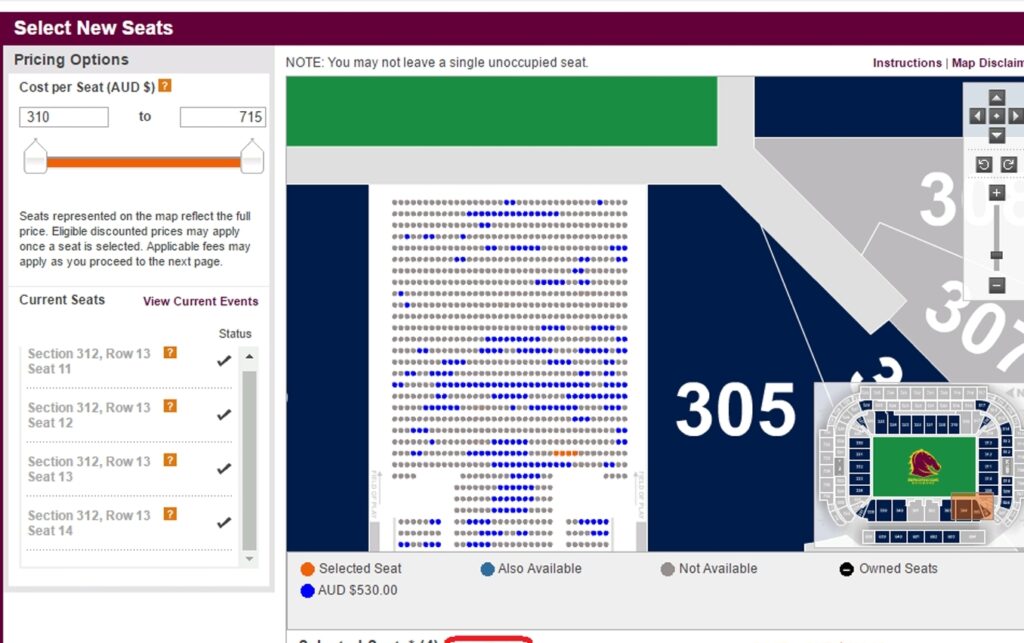

Then print out a 3.5 ft high resolution version for each seat “square”at a place like FedEx Office, or order prints online.
Generally you want 3 designs to keep it fresh for observers & easy for participants to carry and execute
Phase Three
Number each card in each series with the seat number, and design number, 1, 2 or 3 on the back.
When your organizer is ready, they can yell out to the group “One!”, “Two!” or “Three!” to change the design and/or message during the event.
Drone Shows
This is another great method that people really enjoy, and is SIGNIFICANTLY cheaper than bail money and a lawyer, especially if everyone in the group chips in. Smaller Drone shows usually cost a few thousand bucks, where lawyer fees for illegal assembly (along with other charges they will stack on to send a message) is anywhere from $5,000 to $10,000 after bail and the full attorneys fees have been paid; that’s just for one person. So not only are these methods better received, but a basic cost benefit analysis shows it’s also significantly cheaper…it’s literally a win/win.
You could also ask the drone show provided to see if they sympathize with your cause, and even ask if they would do it as a charitable organization they can write off of you have registered your organization as a 5013C. It could reduce the cost enough to make your drone show larger too.
The trick is thinking of animations that go beyond your message, that are in line with your cause, but are visually stimulating.
SkyTyping
SkyTyping is a new method of advertising that cost starting at $2,500 to $8000 and ALWAYS gets attention. It cost the same as bail money and a lawyer for ONE person, doing a demonstration that blocks traffic or haults some sort of event. You could go this route, and if you’re a large group, all could chip in and still get more positive exposure that works in a positive way than making strangers mad at your cause by stopping traffic or crashing an event
Thwarting Police Copyright Censorship
This new censorship technique that law enforcement is using to ensure that they can get your videos of abuse of power taken down and that’s by playing copyrighted music.
This can be easily thwarted by using a free online tool called vocal remover
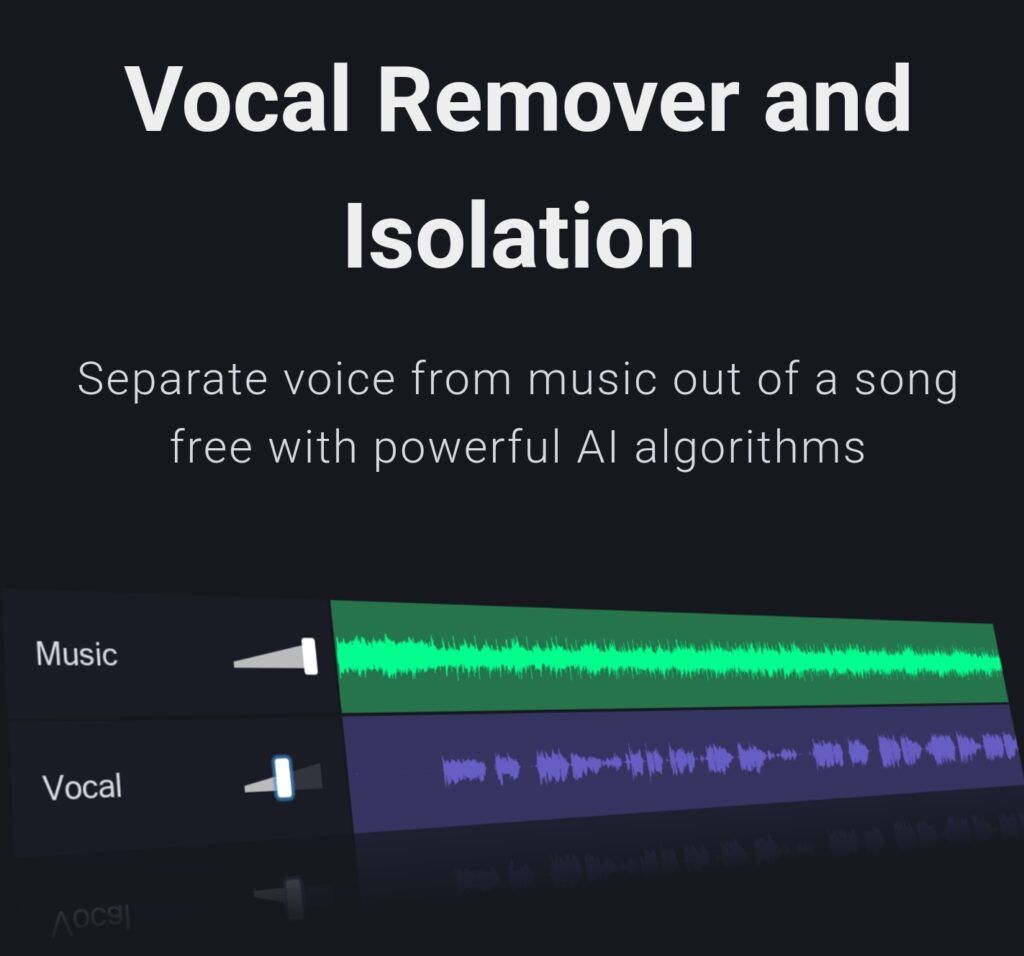
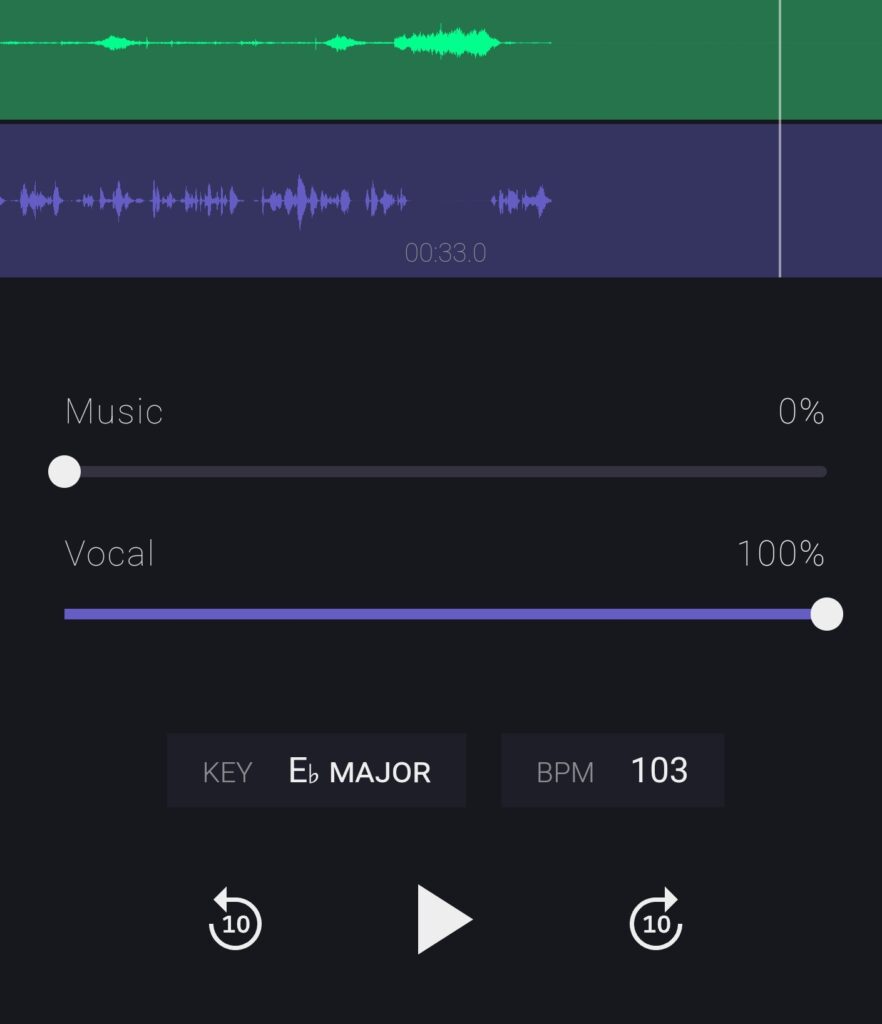
You can find this tool at www.vocalremover.org and simply upload your video clip and the AI will give you the option to isolate just the music or isolate just the vocals and then you can download the audio file from that video and it will just be the isolated vocals no copyrighted music.
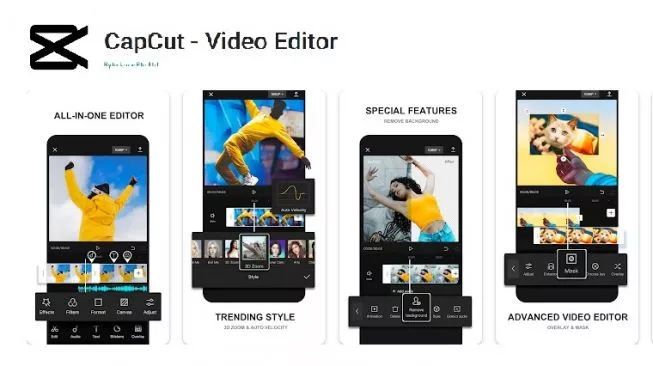
You can then download the free app CapCut, and insert your original video then turn the audio all the way down to mute it.

Then once the original video is muted you can add your newly edited audio which you made from www.vocalremover.org and lay it over the top of the original video
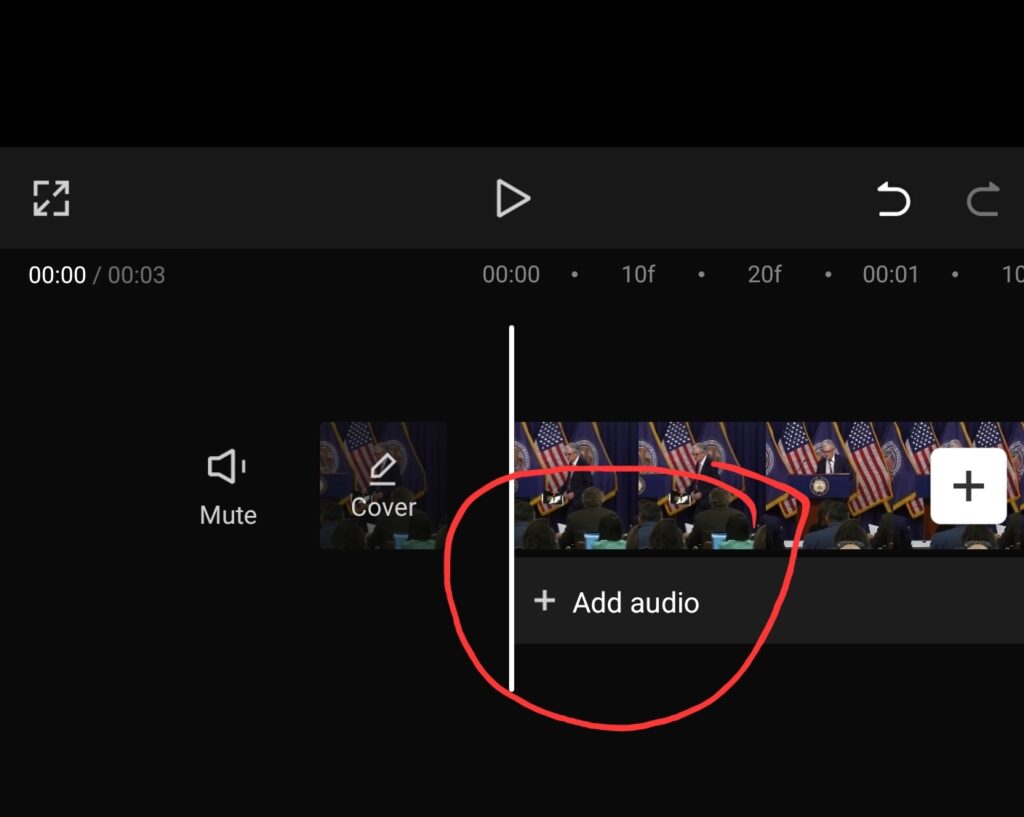
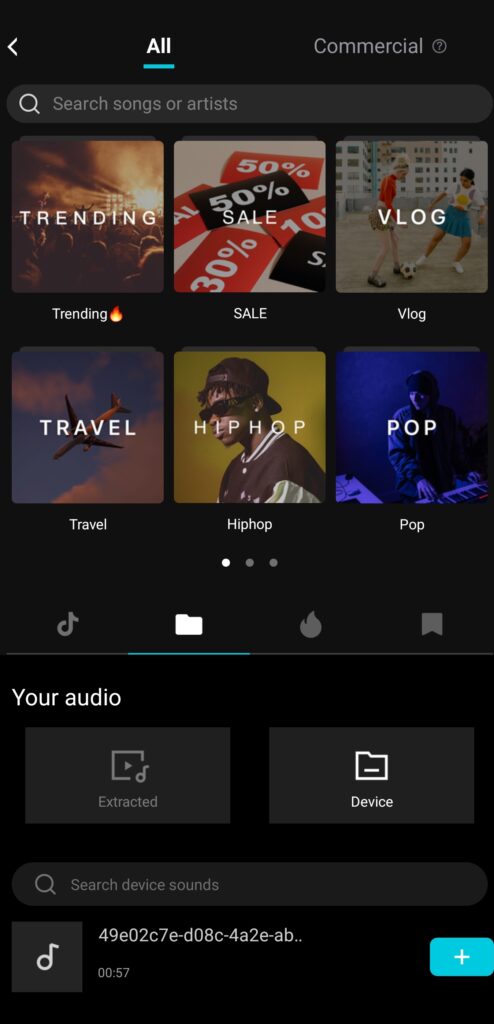
Since the audio is the same length of the video cuz it was extracted from the same length clip everything should match up perfectly.
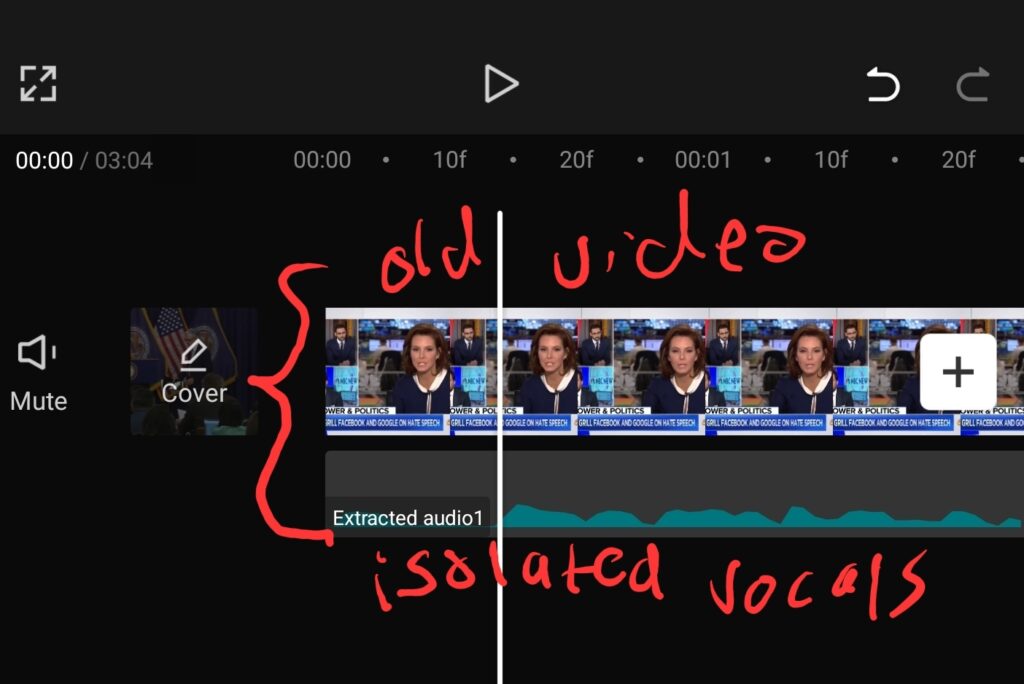
Now just save your video, and don’t worry about corrupt rogue law enforcement trying to evade exposure!
Constitutional Anarchists Survival Guide
How to Ensure the Feds Can’t Get the Codes to Your Safe, Like Liberty Safe Did
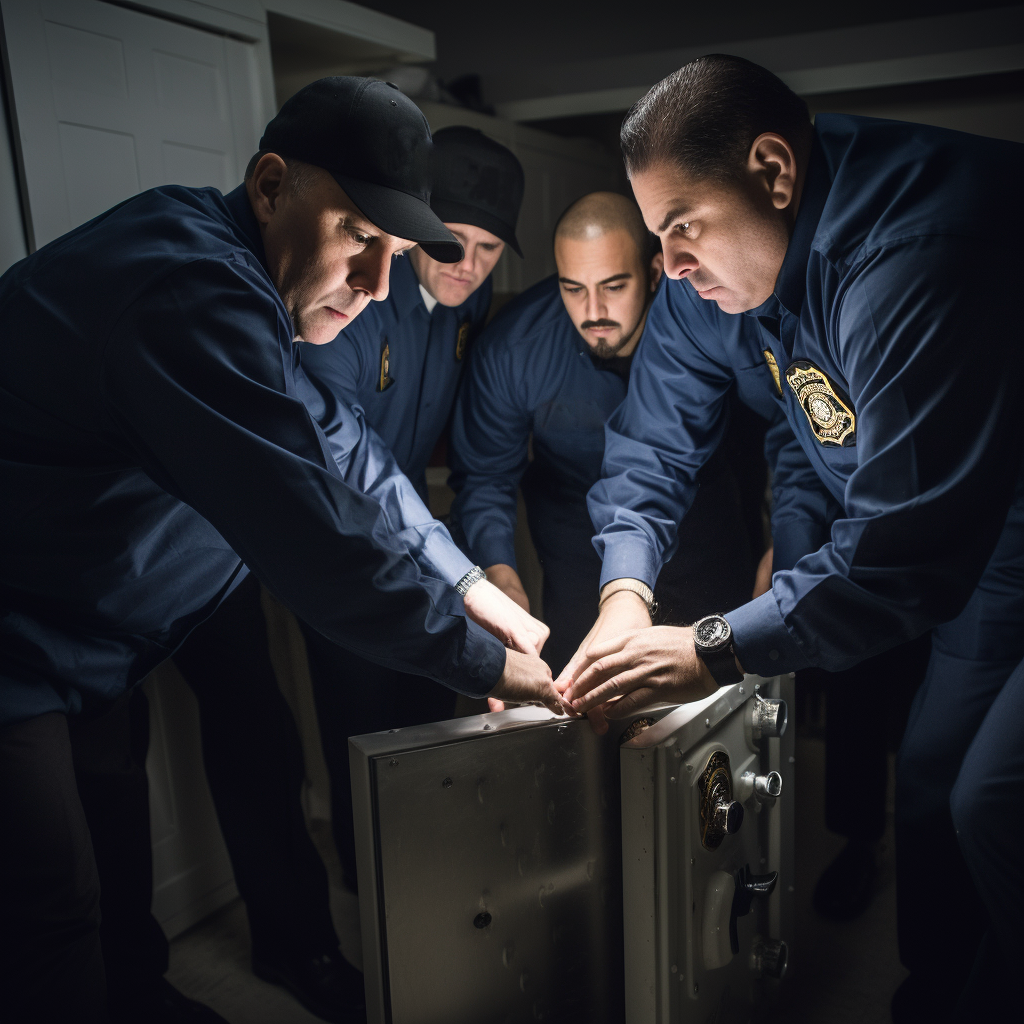
Wayne Winton on Y outTube tells you in detail how to make sure the Feds can’t get your safe overrride code from the manufacturer, like lack-of-spine Liberty Safes did to Jan 6th rioter, Nathan Hughesyoiu
We don’t condone Nathan Hughes conduct, but this wasnt a gun related charge, the Feds had no right, and Liberty Safes wont be able to give those boxes away at this point.
At a certain point, you begin to realize the Constition isnt a birthright, its a permission slip that can be taken away at will.
Constitutional Anarchists Survival Guide
How to Buy Gold & Silver for General Everyday Commerce When SHTF

The Importance of Gold and Silver in Emergency Preparedness
Emergency preparedness is crucial for navigating the uncertainties of life. From natural disasters to economic collapses, being prepared can make a significant difference in our survivability. One aspect of preparedness that is often debated is the importance of gold and silver. In a recent live stream by the YouTube channel “Prepping with Sarge,” the host, Sarge, discusses the importance of these precious metals as part of a comprehensive preparedness plan.
Debunking the Myth
A common myth in the preparedness community is that gold and silver would be useless in a SHTF (Shit Hits The Fan) situation. Sarge debunks this myth by providing historical and present-day examples where gold and silver made a difference in people’s survivability. For instance, during the economic collapse in Argentina, people were able to trade gold and silver for basic everyday items. He also shares stories from the community where gold and silver helped people during personal emergencies, health conditions, and homelessness.
Five Reasons To Hold Practical Gold and Silver when SHTF
- Store of Value: Gold and silver have been used as a form of wealth for over 2,000 years. They have helped people in the community during personal emergencies, health conditions, and homelessness.
- Tangibility: Holding wealth in your hand, like an ounce of silver or a gold piece, feels like real money compared to paper dollar bills or digital assets.
- Hedge Against Inflation: Historically, gold and silver have been a hedge against inflation. Although in recent years, due to a wonky economy, silver has not kept pace with inflation while gold has done fairly well.
- Portability: Gold and silver can be carried anywhere in the world and can be exchanged for local currency, used for bribing in war zones, or crossing blockades.
- Diversification: Investing in gold and silver provides diversification to your portfolio, reducing risk.
Not the First Prep
Sarge emphasizes that gold and silver should not be the first prep. The first prep should be water and a way to purify it, followed by food security, shelter, and personal security. Only after covering all the basics should one start thinking about investing in gold and silver.
-

 Awakening Video11 months ago
Awakening Video11 months agoThis is What Happens When You Try to Report Dirty Cops
-

 Substacks4 months ago
Substacks4 months agoTHE IRON-CLAD PIÑATA Seymour Hersh
-

 Substacks10 months ago
Substacks10 months agoThe Russell Brand Rorschach Test Kathleen Stock
-

 Substacks10 months ago
Substacks10 months agoA real fact-check of Trump’s appearance on Meet the Press Judd Legum
-
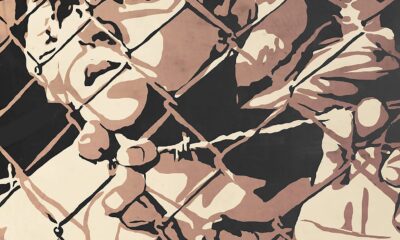
 Substacks9 months ago
Substacks9 months agoLetter to the Children of Gaza – Read by Eunice Wong Chris Hedges







